I am working on a classification-based project, and I am evaluating different ML models based on their training accuracy, testing accuracy, confusion matrix, and the AUC score. I am now stuck in understanding the difference between the scores I get by calculating accuracy of a ML model on the test set (X_test), and the AUC score.
If I am correct, both metrics calculate how well a ML model is able to predict the correct class of previously unseen data. I also understand that for both, the higher the number, the better, for as long as the model is not over-fit or under-fit.
Assuming a ML model is neither over-fit nor under-fit, what is the difference between test accuracy score and the AUC score?
I don't have a background in math and stats, and pivoted towards data science from business background. Therefore, I will appreciate an explanation a business person can understand.




